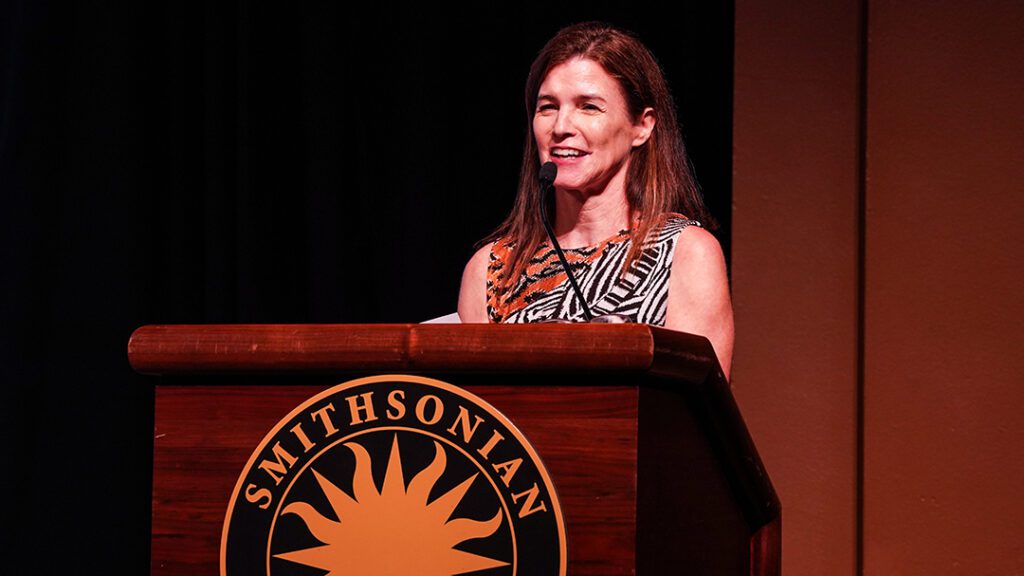

By Paula J. Ehrlich, DVM, PhD, President & CEO, E.O. Wilson Biodiversity Foundation
The great challenge of our time, protecting the world’s biodiversity, got major support when over 150 nations gathered last winter in Montreal to agree to a Global Biodiversity Framework at COP15. It was E.O. Wilson’s fervent hope that nations would come together and embrace our moral obligation to address the human activities that are driving the global extinction of familiar species like the Monarch butterfly to lesser known species in the world’s least explored places. E.O. Wilson’s (1929-2021) call-to-action advocated putting half the planet under conservation and estimated that would save most of the world’s 10 million or more species.
The world has responded. Key to that global decision, and in the spirit of Half-Earth, was a promise to halt or reverse biodiversity decline by setting aside 30% of land and seas by 2030 (30×30), just seven short years away. Fortunately we have a headstart with 16.64% of the world’s land and 7.74% of its oceans already in protected areas.
“Which places should be our future priorities for conservation in order to safeguard the most species?” This is the urgent question that governments, scientists, businesses, conservationists, and local communities around the world are asking.
For several years, the E.O. Wilson Biodiversity Foundation has been developing the science to answer “Which Half?”, and we’re proud to share that the essential biodiversity variables we supported, the Species Protection Index and Species Habitat Index are part of the Kunming-Montreal agreement. Use of these indices will enhance the identification of the optimum network for protection of biodiversity globally. Our promise is that we’ll contribute to ending the extinction crisis with high-resolution geospatial information to inform which terrestrial and marine habitat has the best opportunity to protect the most species. Nations will now have the opportunity to utilize this cutting-edge scientific insight to create better conservation outcomes.
Our partners are already engaged in preliminary conversations with organizations from central Africa to East Asia to help them meet their 30×30 commitments. Tools like the Half-Earth Project Map have species information at a high geospatial resolution that can inform which 30% nations must protect in order to safeguard species. The map also shows the co-benefit of protecting terrestrial habitat for biodiversity and carbon sequestration as well.
We are meeting the moment. Which Half? is the question we must continue to answer. We’re committed to democratizing this information for every country or tribal nation, local community or indigenous steward that needs information to inform what they can do to care for our planet. Please join us.

